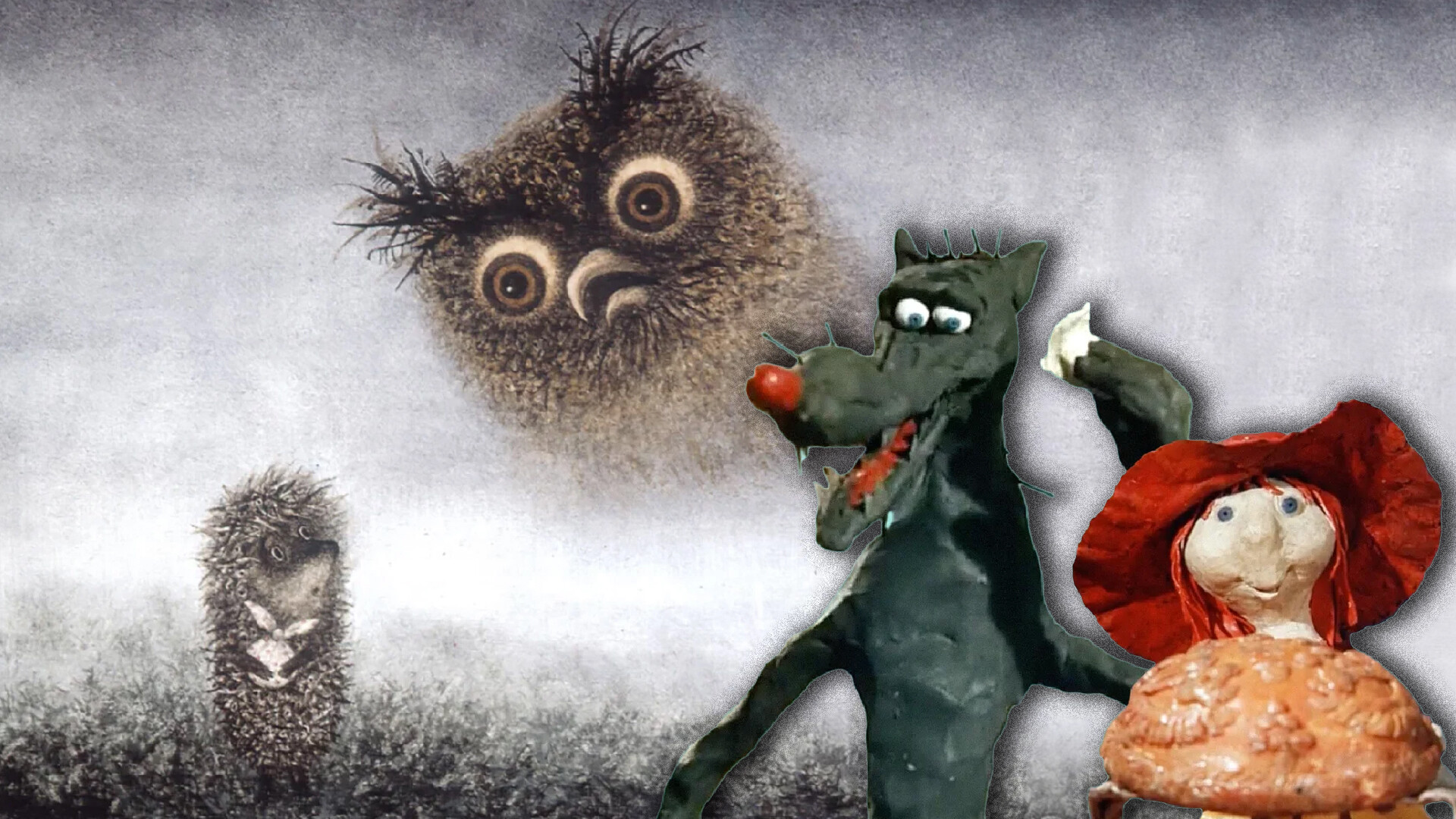
The first Soviet cartoon that received an international prize was ‘The Song of Joy’. In 1947, at a festival in Venice, this fairy tale cartoon by Mstislav Pashchenko was awarded a special mention by the judges. Since then, Soviet and Russian animators have received hundreds of awards from the most prestigious events – much more than their “live action” counterparts. Two cartoons, as a result of expert surveys, are even considered the best in history. Interestingly enough, both of them were filmed by the same Soviet director.
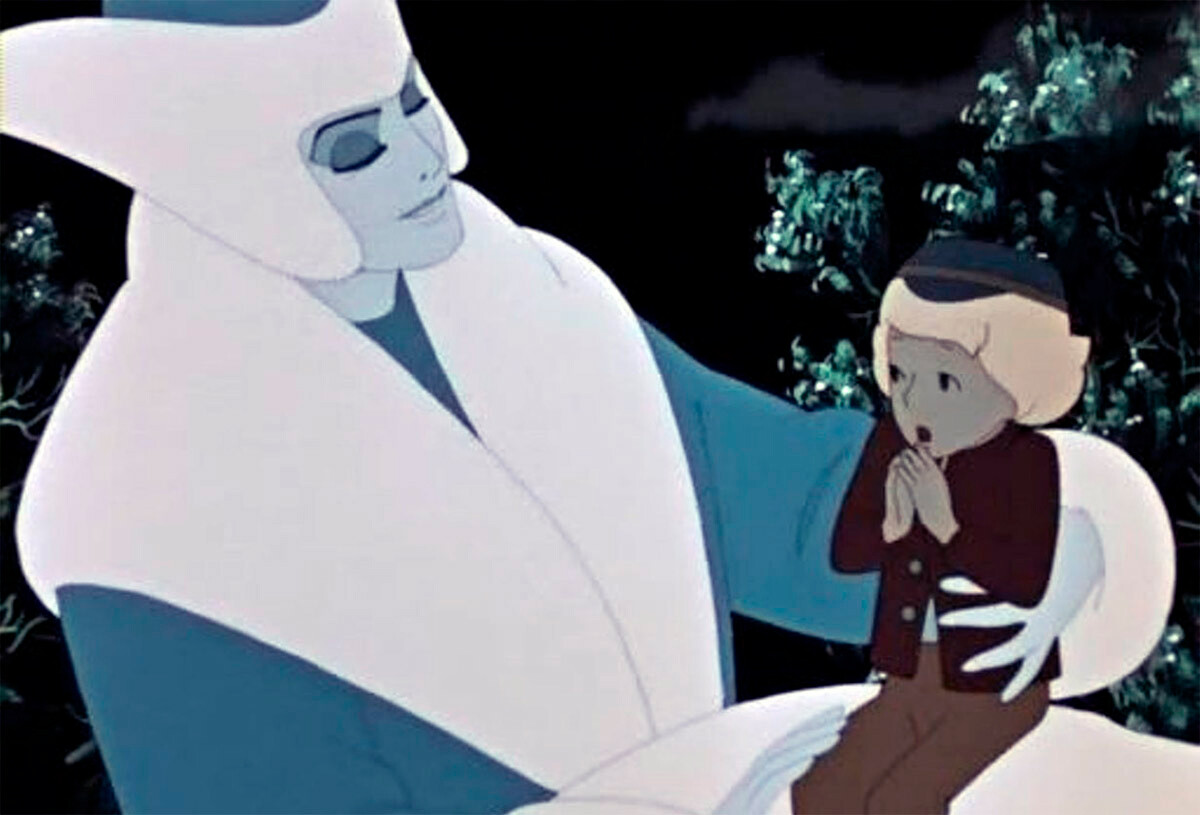
The first global success of Soviet animation came with the adaptation of the fairy tale by Hans Christian Andersen, ‘The Snow Queen’. This is the ninth feature-length movie in the history of Moscow’s ‘Soyuzmultfilm’ studio. It was directed by Lev Atamanov.
‘The Snow Queen’ didn’t just accumulate a ton of awards (prizes from Venice and Cannes), but also had a large global distribution – from the U.S. to Japan. In 2003, based on a poll among industry professionals that took place within the ‘Laputa’ animation festival in Tokyo, it placed 17th on the list of the ‘150 Best Animated Films in History’ – higher than ‘The Nightmare Before Christmas’ (1999) by Tim Burton (26th place) and ‘Spirited Away’ (2001) by Hayao Miyazaki (29th place). As Miyazaki himself remembers, it was Atamanov’s movie that solidified his wish to become an animator.
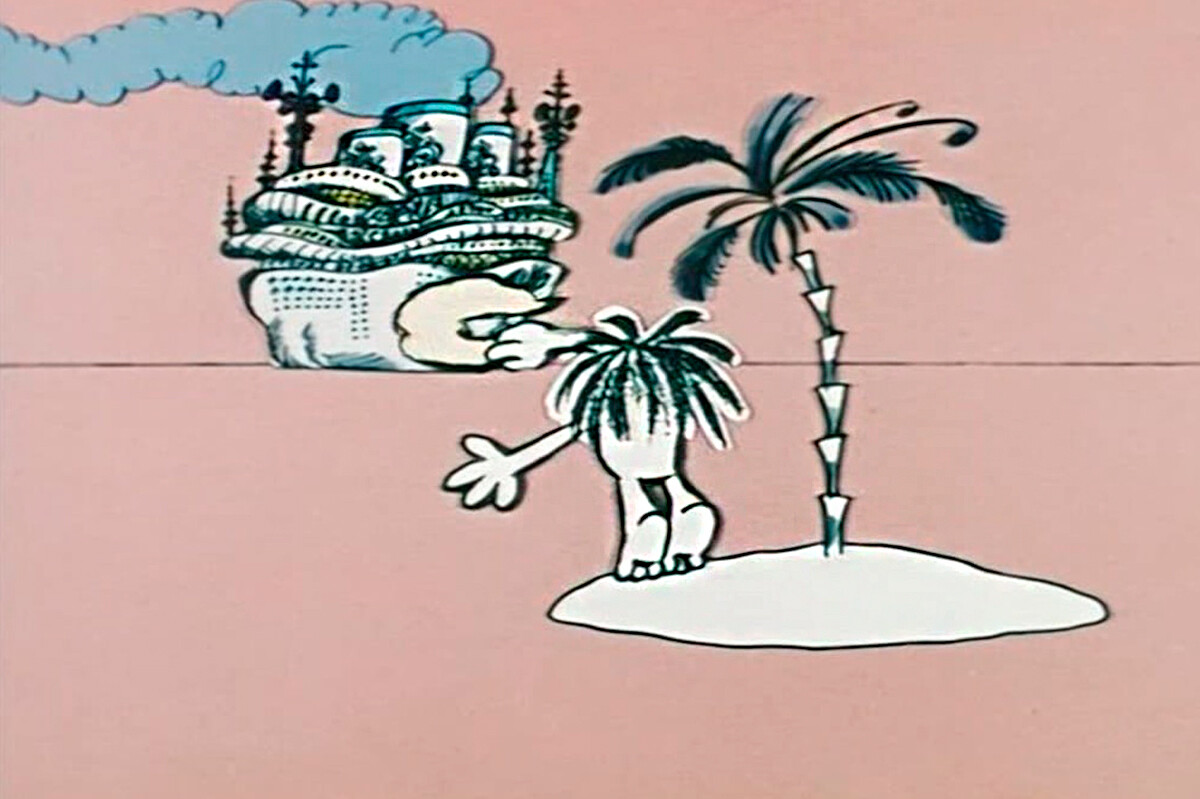
Before becoming a director, Fyodor Khitruk worked for many years as a cartoonist – in other words, he breathed life into characters in movies by other directors. One of his best roles is storyteller Ole Lukøje from Atamanov’s ‘The Snow Queen’.
Starting from his debut, ‘The Story of a Crime’ (1962), Khitruk became one of the brightest directors of the USSR and quickly acquired global recognition. His ‘Island’, an anti-capitalist parable about a modern Robinson Crusoe, brought him the Cannes’ ‘Palme d'Or’ in the short animated film category, among other awards.

The first place on the aforementioned Top 150 of the Tokyo poll was taken by ‘Hedgehog in the Fog’ by Yuri Norstein – a dreamy odyssey of a hedgehog who is traveling through fog to his friend, a bear. This 10-minute film required titanic efforts.
‘Hedgehog’ was filmed on a multi-level animation set using the cutout animation technique. That means that each character and some background elements were composed of several pieces that needed to be moved little by little by hand to create an illusion of movement. This cartoon has dozens of awards from festivals: from Tehran and Gijón to Melbourne and Chicago.
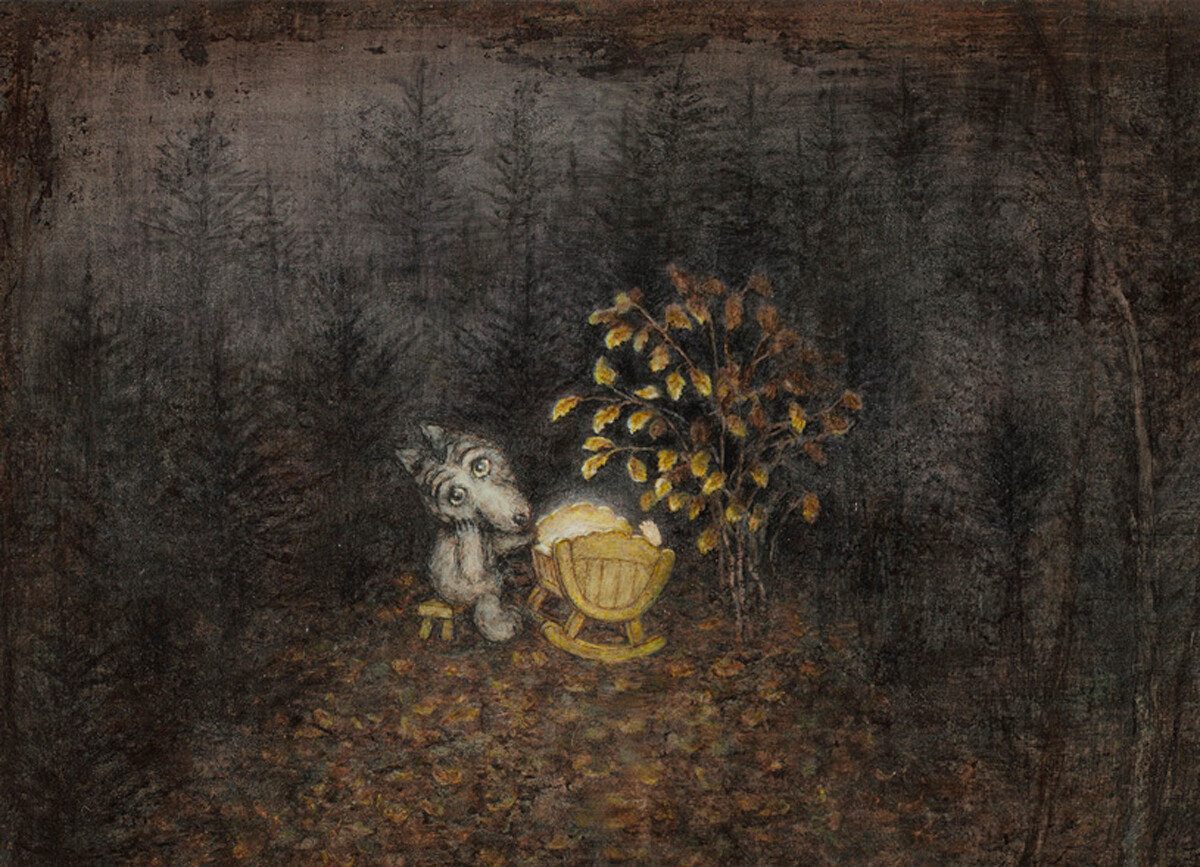
Before the Tokyo rating, another poll among professionals was conducted in Los Angeles in 1984, in which first place was taken by another movie by Norstein. ‘Tale of Tales’ is a trip along the labyrinths of the memory of the director himself, filmed with the same cutout animation technique.
However, his victory in America was widely announced only at the end of the decade in Norstein’s homeland, during perestroika. The thing is, this poll was conducted within the culture program at the Olympic Games in Los Angeles, which the USSR boycotted in response to the U.S. boycott of the Moscow Olympics in 1980. As with all movies by Norstein, ‘Tale of Tales’ has a multitude of awards – from festivals in Ottawa, Lille, Oberhausen and many more.
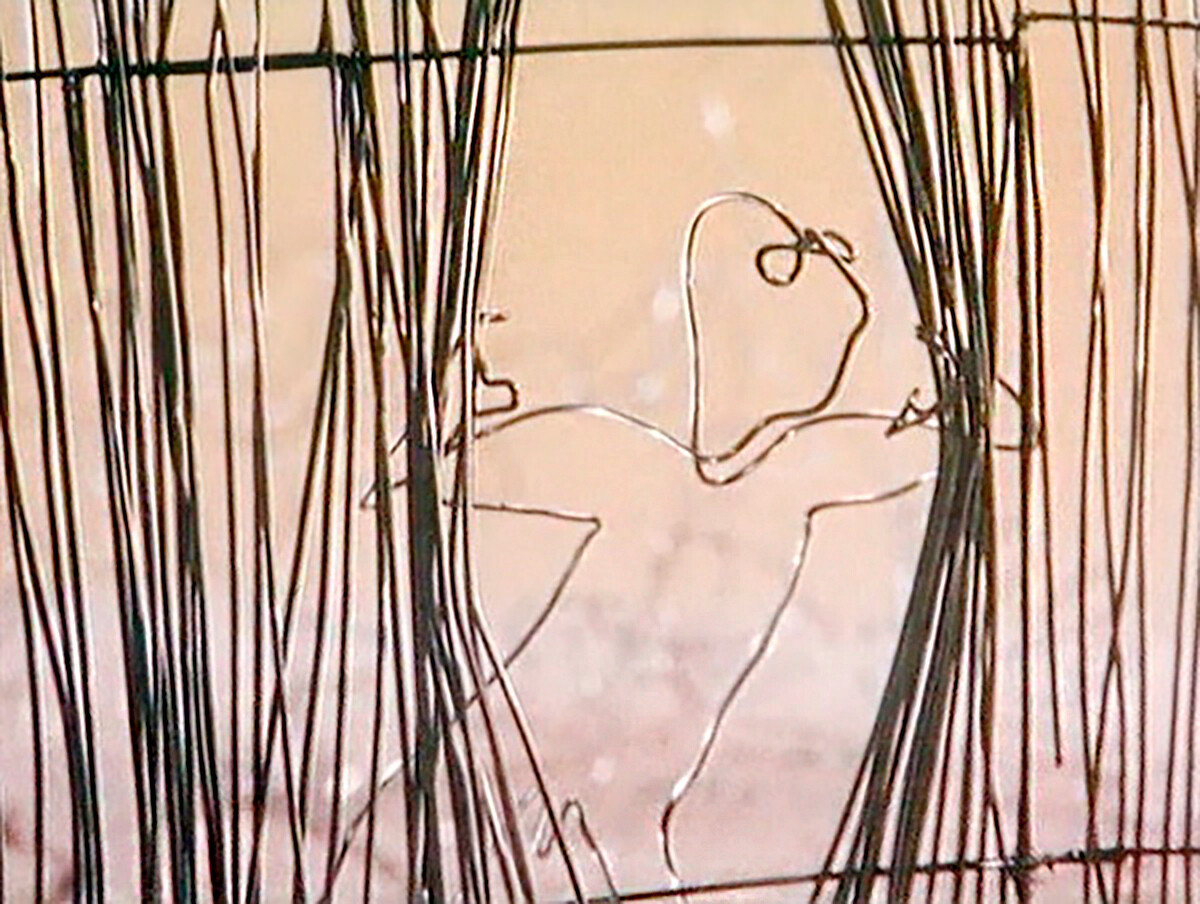
Garri Bardin started out as a voice actor, then he became an animation screenwriter, then a director – he filmed several cartoons, including the cartoon musical ‘The Flying Ship’ (1979), which was incredibly popular in the USSR. However, real success came to Bardin when he turned to volumetric animation – and began bringing to life the most non-obvious materials: ropes, matches…
In ‘Fioritures’, a satirical parable about the madness of self-isolation, characters are made of wire. For this movie, Bardin received the ‘Palme d’Or’ at Cannes.
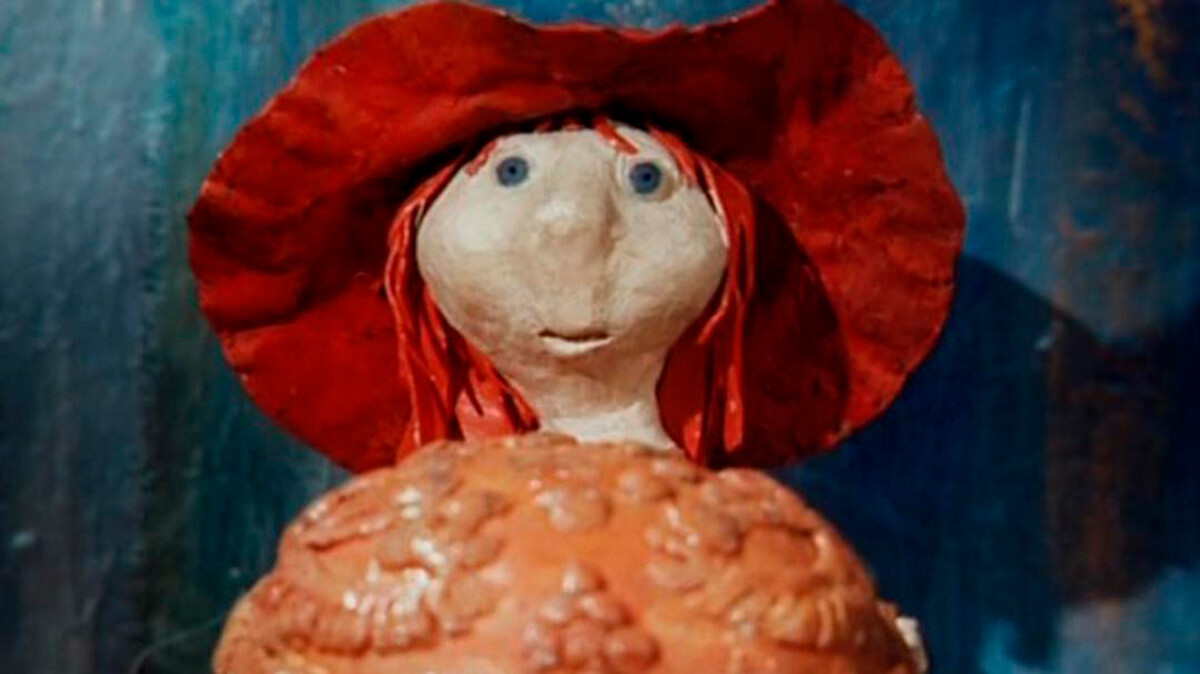
Another musical in Bardin’s career – this time with clay. The famous fairy tale was retold in the spirit of perestroika, when the Iron Curtain fell. Little Red Riding Hood, who lives in the USSR, goes to her grandmother in Paris and meets not just Grey Wolf, but also the three little piggies and the seven dwarves from Disney movies on her way.
This work brought the director a whole series of prestigious awards, including the grand prize of the ‘Animation Cannes’ – the grand prize of the animation festival in Annecy.
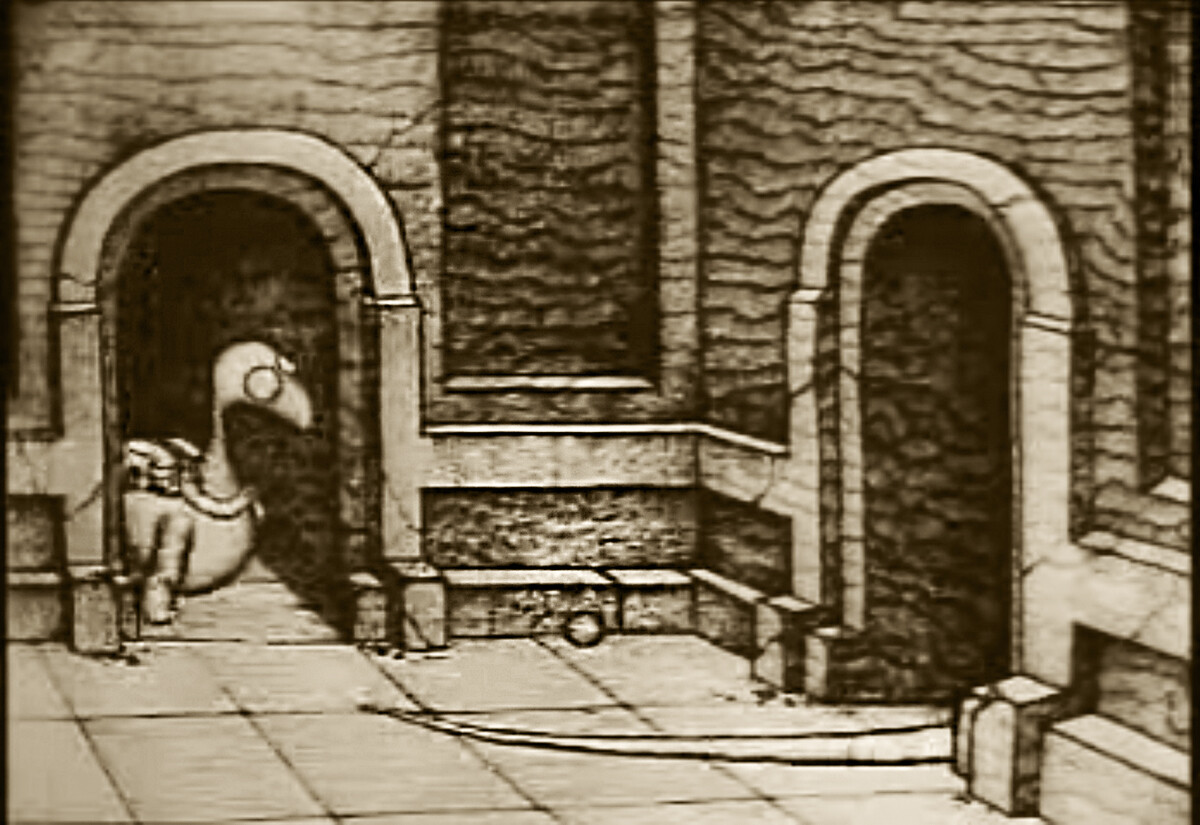
One of the manifests of the new post-Soviet animation – a movie without any clear plot that can’t be straightforwardly deciphered. For five minutes, the viewer watches how a strange monster (a distant relative of the tadpole from ‘Eraserhead’ by David Lynch) travels across a medieval castle with ‘Boléro’ by Maurice Ravel playing in the background.
This graduate work by young animator Ivan Maksimov won the ‘Golden Bear’ in Berlin in the competition among short films.
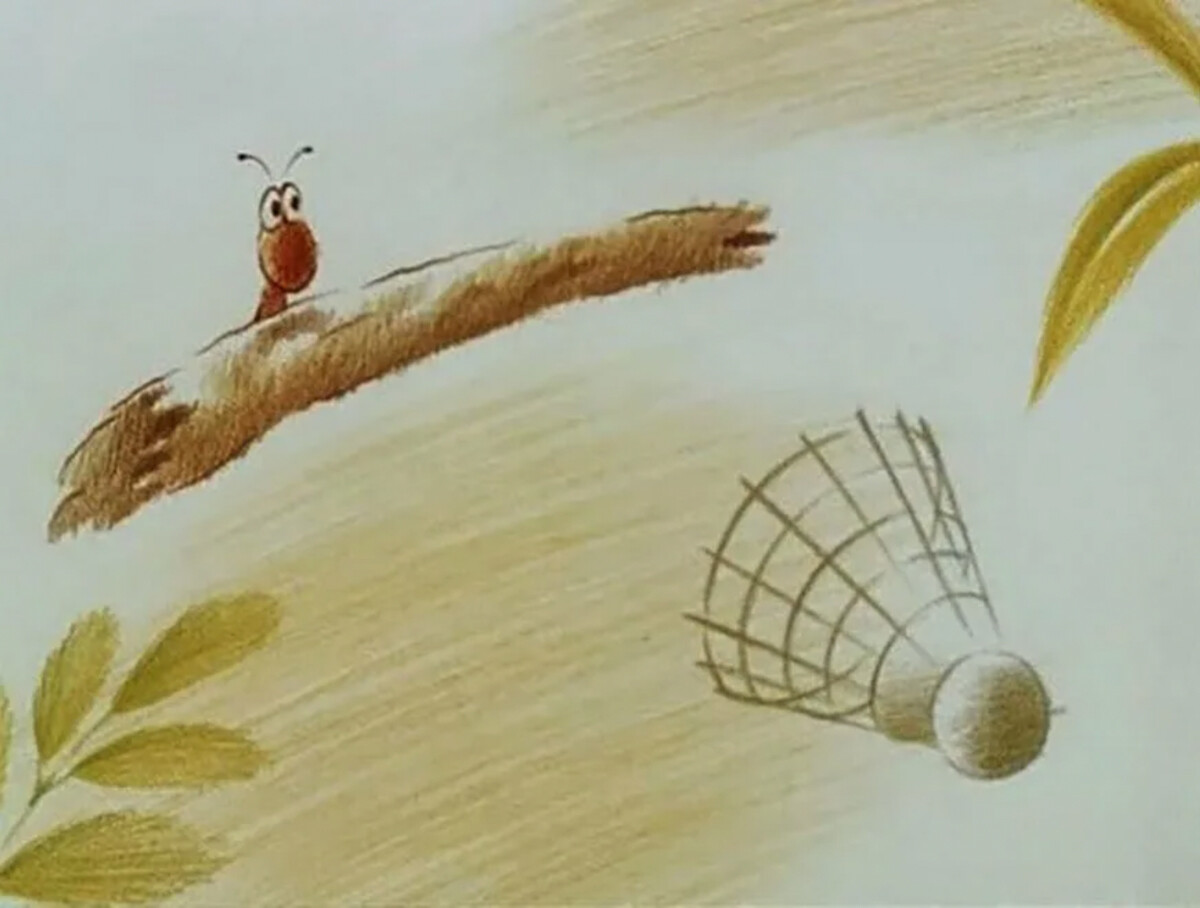
This is the case when a precisely chosen name turned a great film into an outstanding one. The name of it, which gave the film a philosophical dimension, was given to it by Eduard Nazarov, the director of the iconic for the post-Soviet viewer cartoon comedy ‘Once Upon a Dog.’
According to the plot, a caterpillar is envious of butterflies and birds and one day would feel the sensation of flight – when it found itself inside of a shuttlecock for a game of badminton. ‘Gagarin’ by Kharitidi became one of the main festival hits of the season – it earned the ‘Palme d’Or’ in Cannes and reached as high as a nomination for an Oscar.
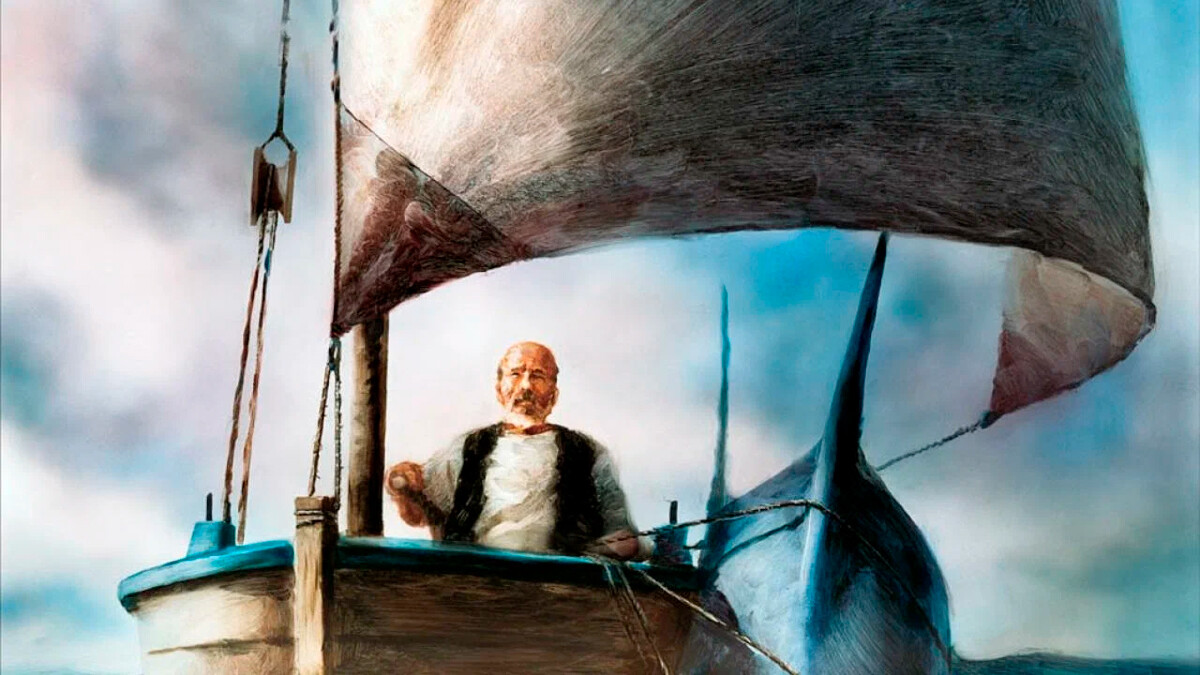
Alexander Petrov was the first and the last Soviet animation director that achieved an Oscar nomination – in 1990, his ‘The Cow’ was nominated at the Academy Awards (and the following year, as everyone knows, the USSR ceased to exist).
In total, Petrov would be nominated three times more and, finally, would receive his statuette – in 2000, for his adaptation of Hemingway’s ‘The Old Man and the Sea’, performed in his trademark ‘paint on glass’ technique. This cartoon became the first ever IMAX animated film.
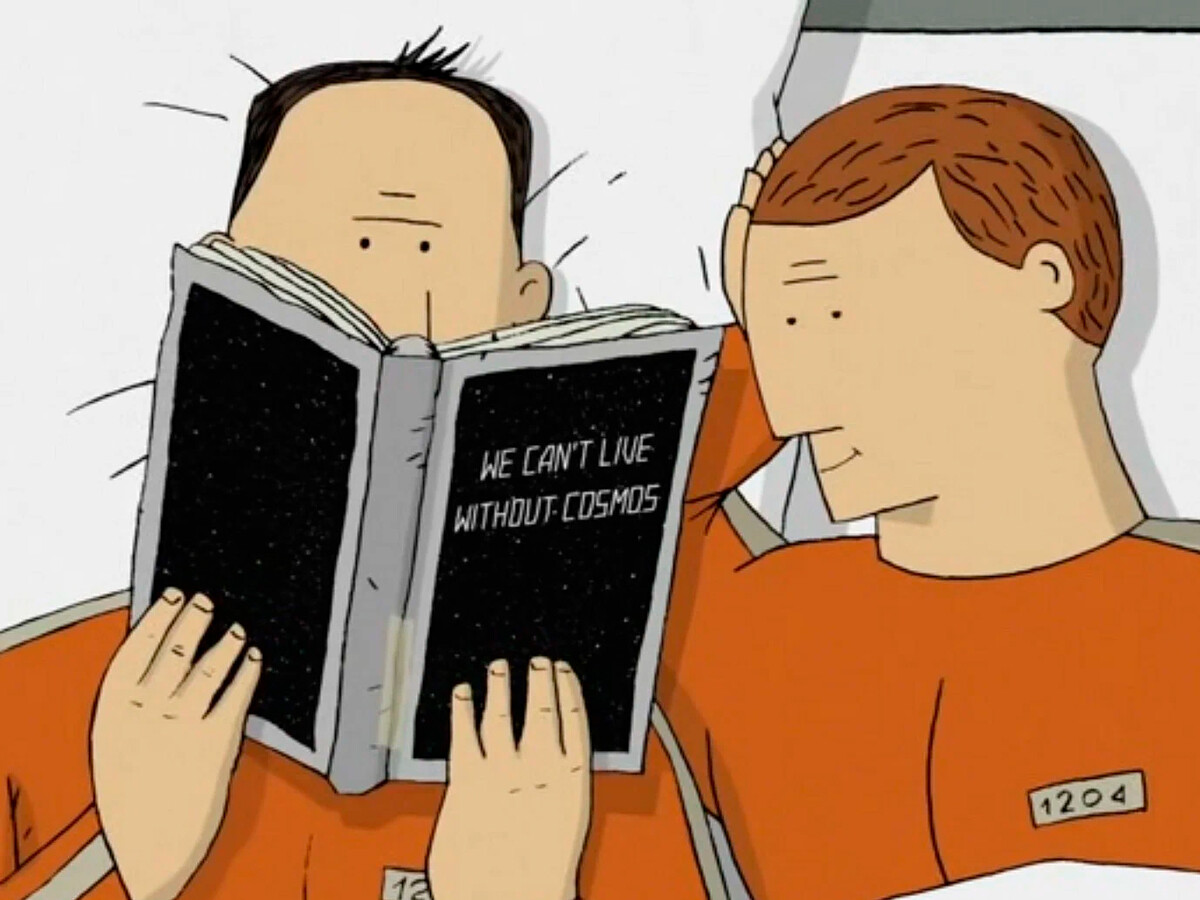
Bronzit is the only Russian director who earned the grand prize of the prestigious festival in Annecy as many as three times. One of the awards he earned for his cartoon ‘We Can't Live Without Cosmos’ – an acute parable about friendship and loneliness. Among the movie’s regalia, apart from Annecy, are dozens of prizes across the whole world, from Melbourne to Tokyo.
And even an Oscar nomination (a second one for the director – in 2009, his ‘Lavatory - Lovestory’ was among the five nominees). Years later, Bronzit would continue his space theme and would create a movie with a similar name, but an unrelated plot – ‘He Can’t Live Without Cosmos’ (2020). It also went as far as being shortlisted for an Oscar.
Dear readers,
Our website and social media accounts are under threat of being restricted or banned, due to the current circumstances. So, to keep up with our latest content, simply do the following:
If using any of Russia Beyond's content, partly or in full, always provide an active hyperlink to the original material.
Subscribe
to our newsletter!
Get the week's best stories straight to your inbox